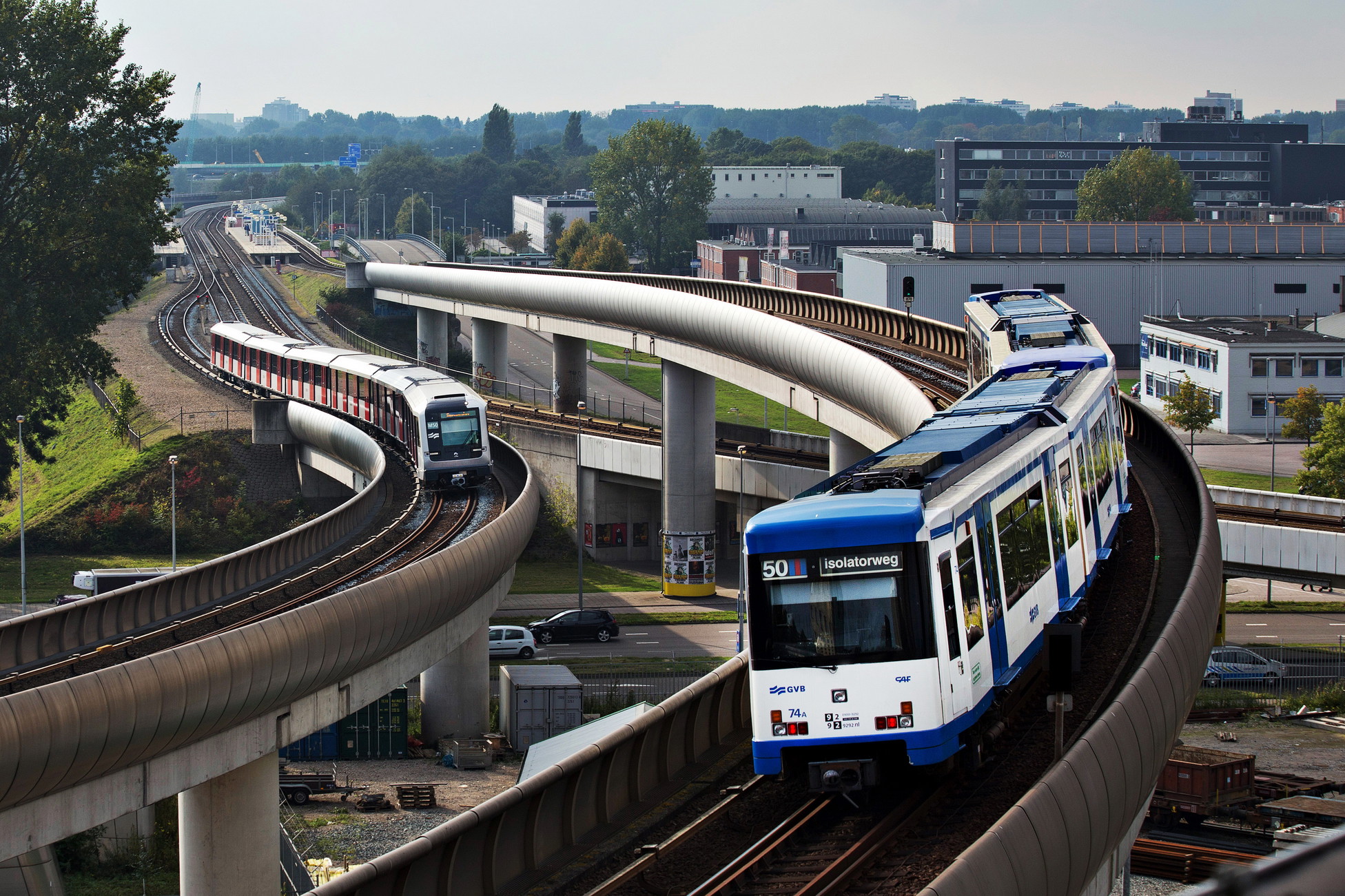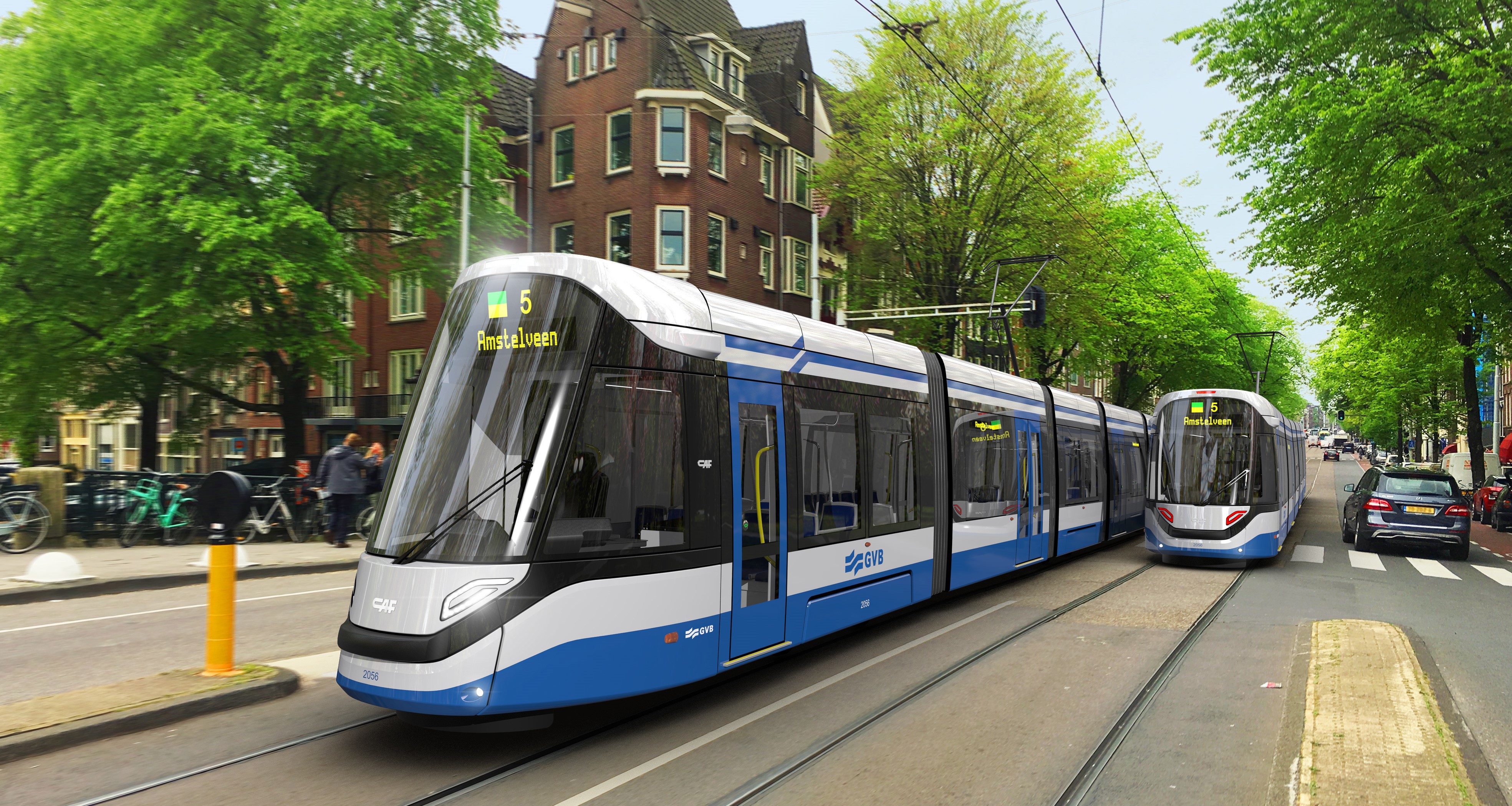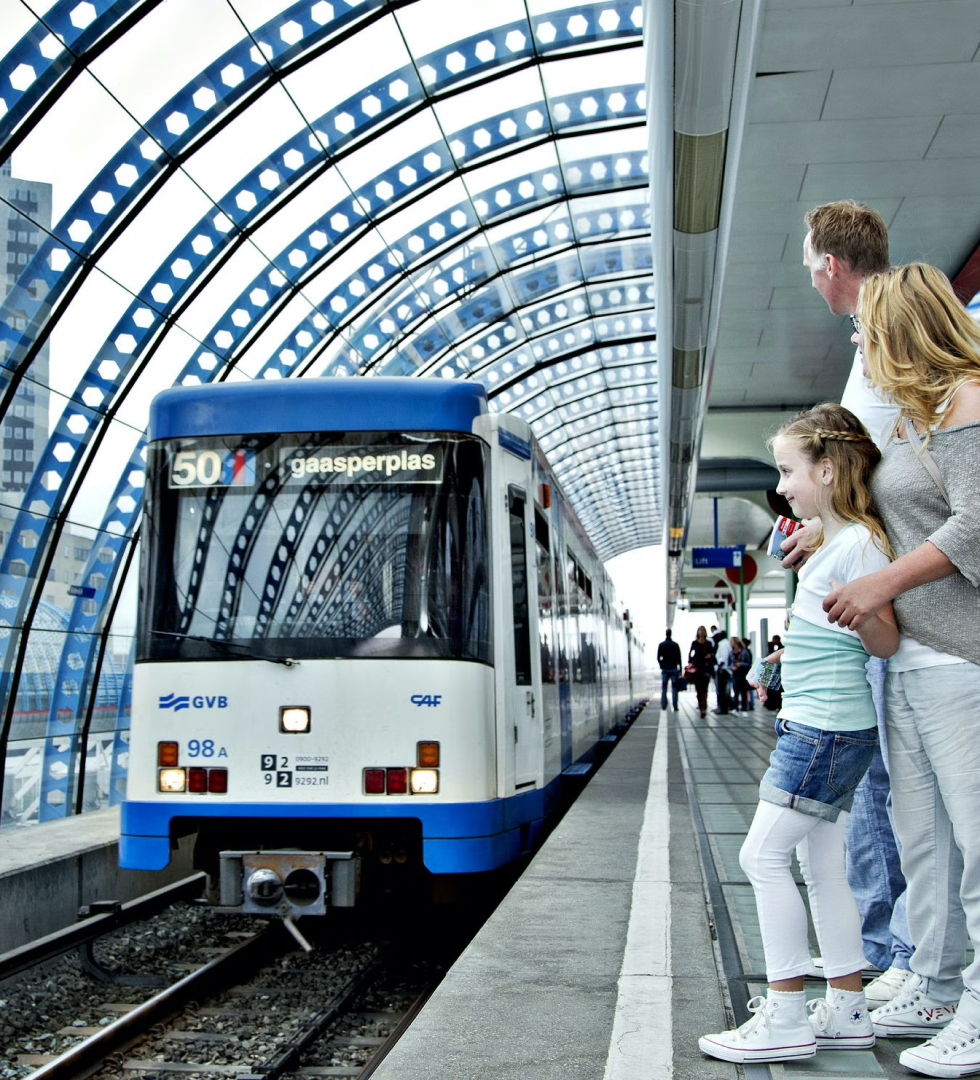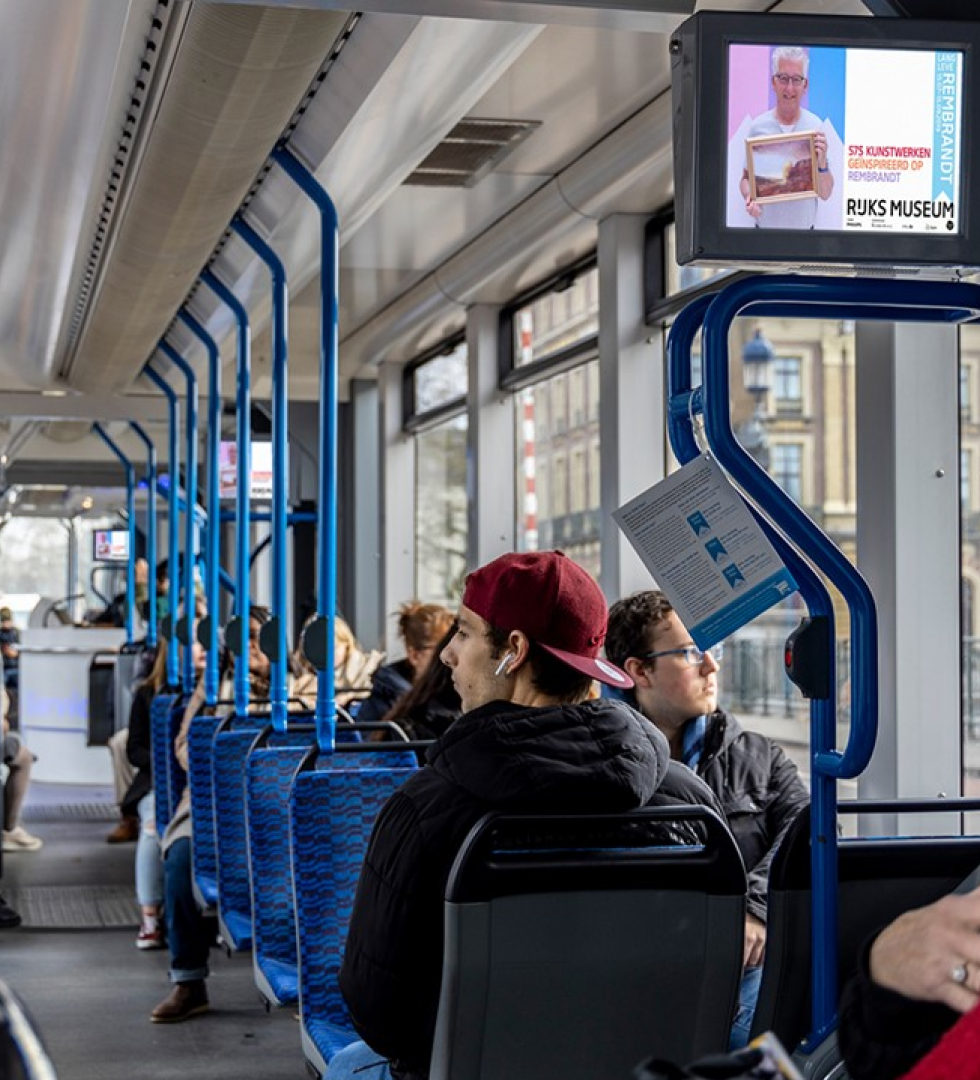
GVB
GVB
Spreading the way we work
GVB, Amsterdam’s public transport operator, competes in a demanding market. Like other operators, it must prove quality and efficiency to win and keep concessions. The brief was to help teams work with more focus and pace, so delivery improved for colleagues and customers alike.
- Strategy
- Tech & Data
- CRM & Automation
- Client
- GVB
- Industry
- Public sector & NGO
- Read time
- 2

Agile moving forward
Change suits GVB. The organisation asked us to coach its IT and Facility Services (FB) departments in Agile thinking and day‑to‑day practice. The aim was clear: increase agility, reduce friction and raise internal and external satisfaction.


Strategy
We approached the engagement as an Agile product in its own right, learning and iterating as we went. Over the course of a year, we guided eleven cross-functional teams, each with roughly ten people, starting with just two to four teams at a time so we could test approaches, learn, and adapt along the way. Each team began by defining its mission, understanding its customers and desired outcomes, and making its role within the broader portfolio visible.
We worked to connect strategy to delivery, translating management-level pillars into roadmaps and then breaking them down into epics and sprint goals that sat directly on team backlogs. A clear rhythm of stand-ups, reviews, and retrospectives was established, supported by working agreements and a shared Definition of Done. Progress, blockers, and priorities were made visible with boards and simple metrics, helping both the teams and stakeholders stay aligned.
Communication was strengthened through practical habits for stakeholder demos, feedback loops, and handovers between IT and the business functions. Teams were also taught how to inspect, adapt, and make decisions independently, ensuring that improvements would continue even after the coaching ended.
Implementation
We ran the programme the Agile way. By onboarding 2–4 teams at a time, we learned how Agile best fits GVB’s context and refined the playbook each cycle. Coaching mixed workshops, hands‑on pairing and shadowing. We focused early on mutual communication: clarifying team purpose, agreeing interfaces between teams and setting expectations with stakeholders.
Process work connected strategy to the day‑to‑day. Strategic pillars were broken into epics, with acceptance criteria that mapped to measurable outcomes. Backlogs were groomed regularly, balancing run, change and improvement. Teams adopted a common language and cadence across IT and FB, which made collaboration simpler and reduced handoff friction.


Interim
We also supported delivery by stepping in where needed: acting as interim Scrum Masters and interim Product Owners to model the roles, unblock work and leave clear guidelines for successors.
Results
The Agile Way of working changed some essential processes. People stay committed on their tasks instead of continuously switching between multiple projects /tasks. Stakeholders are involved from start to finish, they know exactly what teams are doing. For the entire GVB it is evident what the IT & FB teams are doing and how this forms a symbiose.
GVB’s teams now share a practical Agile way of working. The result is simpler collaboration, clearer decisions and work that moves forward with purpose.
Want to collaborate?
Discover how to transform your company with a human-centered approach and enhance the value of your customers' experience on a large scale.



